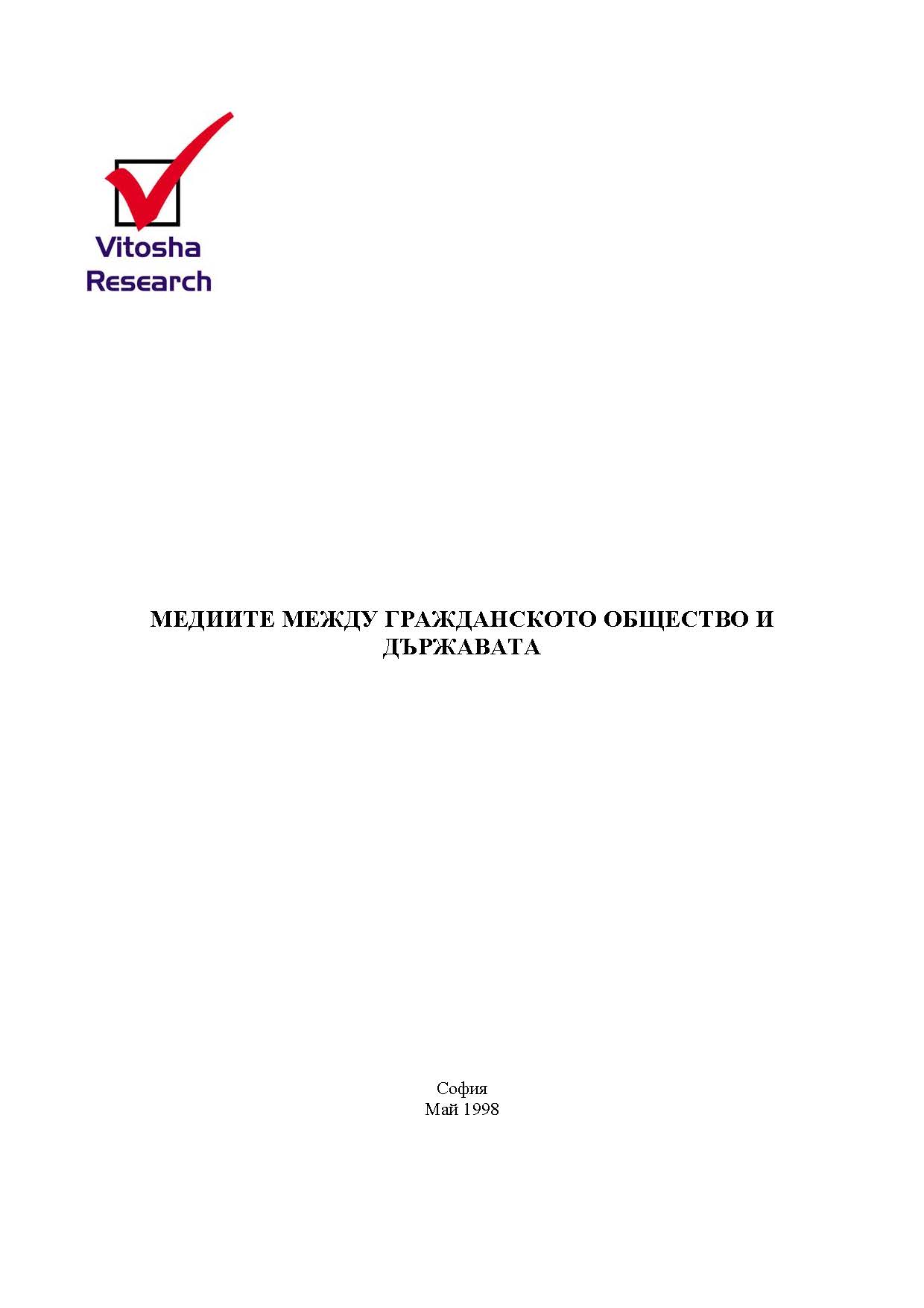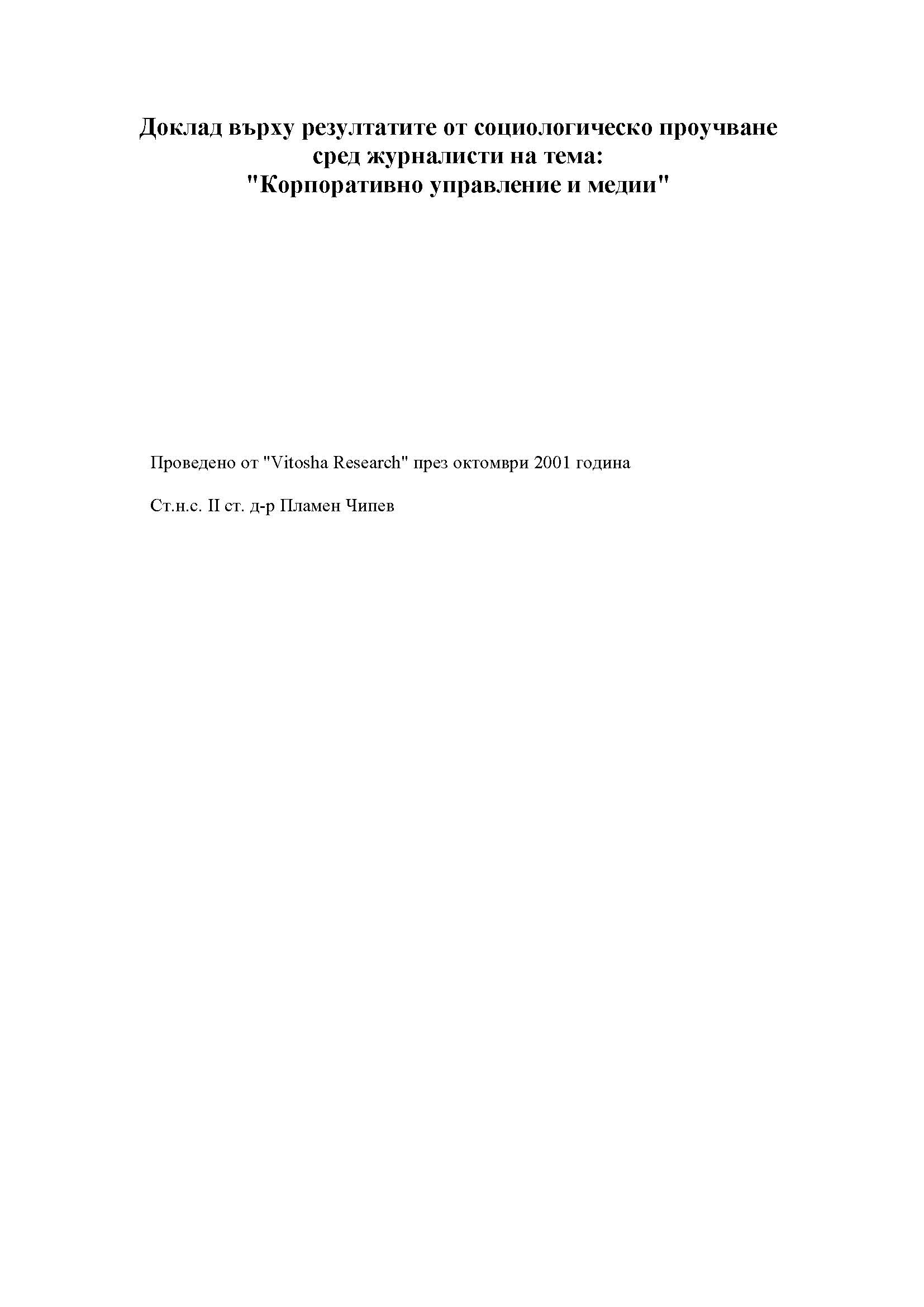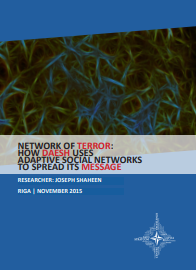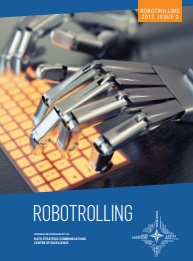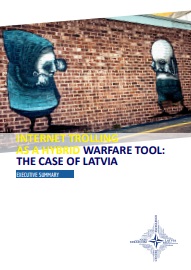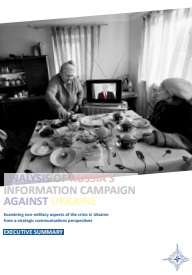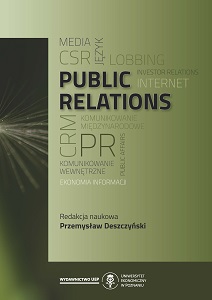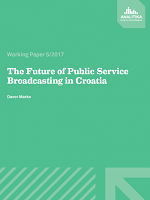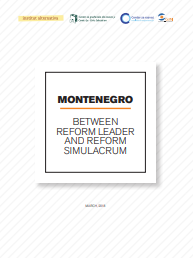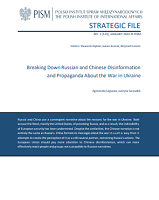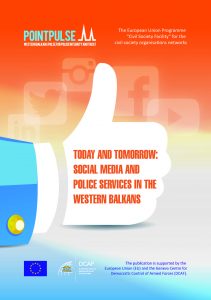
Izvještaj o govoru mržnje zasnovanom na seksualnoj orijentaciji i rodnom identitetu u BiH. Slučajevi iz 2012. i 2013. godine.
Govor mržnje u BiH, usmjeren prema LGBT osobama, je u porastu zbog sve veće vidljivosti LGBT osoba. Postojeća zakonodavna regulacija govora mržnje je nedovoljna, iako medijima zabranjuje korištenje govora mržnje, ne dotiče se pojedinaca koji ovaj govor svakodnevno izražavaju u javnosti, najčešće na web portalima i facebook stranicama. Iako uglavnom izbjegavaju direktno izražavanje i prenošenje govora mržnje, i sami mediji naizgled neutralnim izvještavanjem i navođenjem, te davanjem medijskog prostora homofobičnim i transfobičnim stručnjacima_ kinjama i pojedincima_kama da izražavaju svoje mišljenje, pomažu širenju govora mržnje i njegovoj dostupnosti široj javnosti. Ovim načinom izvještavanja mediji izbjegavaju vlastitu odgovornost za preneseni sadržaj, a istovremeno privlače pozornost javnosti i prenose pogrešnu sliku o LGBT osobama, kojom se obično pokušavaju poduprijeti već postojeći stereotipi i predrasude. Iako postoje mehanizmi sankcionisanja i uklanjanja govora mržnje preko Regulatorne agencije za komunikacije, koja je nadležna za elektronske medije, i Vijeća za štampu u BiH, koje je samoregulatorno tijelo štampanih medija, oni sami za sebe, bez krivičnog gonjenja odgovornih, ne dovode do željenih rezultata niti do uklanjanja neetičke prakse medijskog izvještavanja. Govor mržnje usmjeren prema LGBT osobama se izražava od netačnih tvrdnji i proglašavanja LGBT osoba bolesnim i devijantnim, do pozivanja na diskriminaciju i nasilje, u najgorim slučajevima do prijetnji smrću, te doprinosi netolerantnom stavu bh. društva i marginalizaciji LGBT osoba. Ispoljavanjem govora mržnje, također se dovodi i do težih incidenata, pa čak i počinjavanja krivičnih djela i zločina iz mržnje, a koristi se i da bi se podržali počinitelji tih djela, te opravdala njihova djela, čime se šalje poruka LGBT osobama i ostalim marginaliziranim grupama da nisu poželjni_e u bh. društvu. Da bi obezbijedila poštivanje prava i sloboda, kao i dostojanstvo svih svojih građana, između ostalih i LGBT osoba, te pružila adekvatnu podršku marginaliziranim grupama koje su najčešće žrtve govora mržnje, i u potpunosti dokazala da osuđuje netoleranciju, mržnju, diskriminaciju i nasilje, Bosna i Hercegovina bi trebala: - ustanoviti i javno diseminirati odgovarajuću i sveobuhvatnu definiciju govora mržnje koja, između ostalog, uključuje i seksualnu orijentaciju i rodni identitet kao zabranjene osnove za govor mržnje; - adekvatnu zabranu govora mržnje propisati krivičnim zakonima oba entiteta tj. Federacije BiH i Republike Srpske i Krivičnim zakonom Brčko distrikta; - zabranom govora mržnje obuhvatiti ne samo medije kao moguće počinioce, nego i državne institucije i sve ostale pravne i fizičke osobe.
More...
